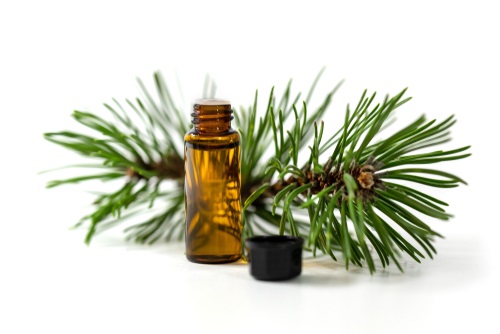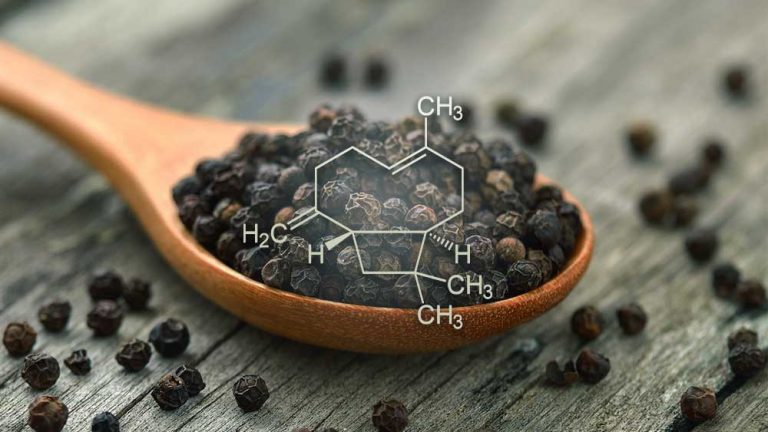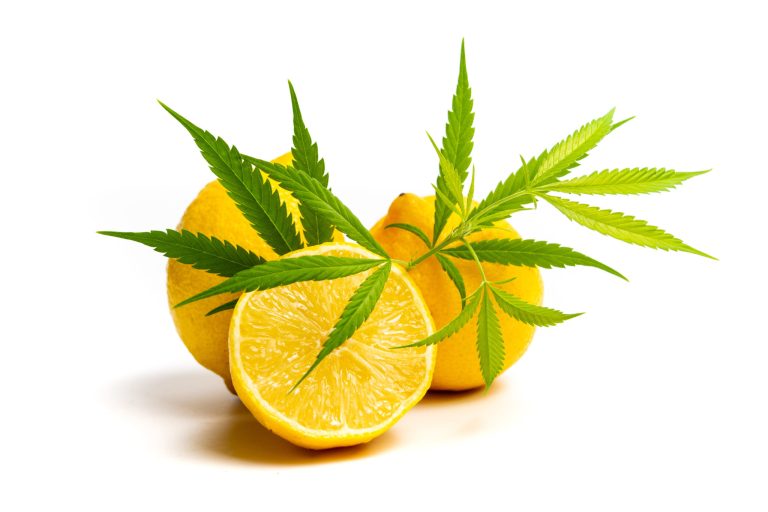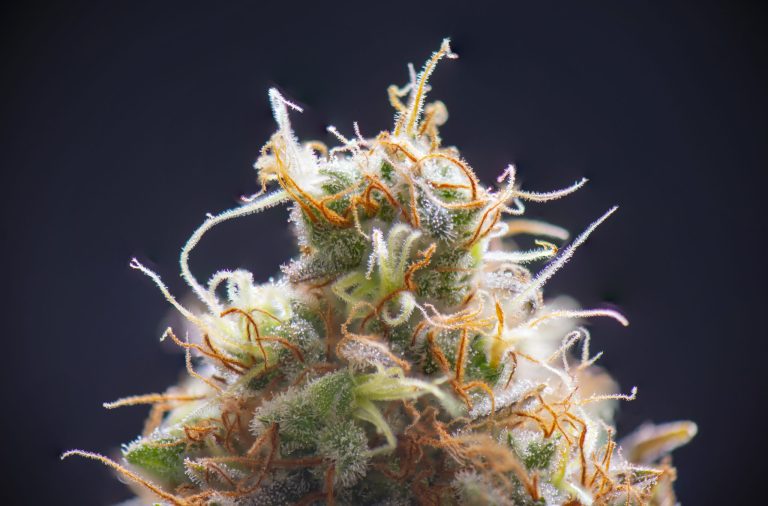
Why Visit Our Massachusetts Dispensary Near Connecticut?
Recreational cannabis legalization in Connecticut has been a long-awaited change among residents. As of 2023, the state has finally managed to make the transition and there are a few Connecticut...

Why Get Your Medical Marijuana Card in Massachusetts?
With recreational cannabis legal for adults 21 and over, fewer people are looking to get their medical marijuana card in the Bay State. However, simply having access to recreational cannabis...

What Are RSO Edibles? The Strongest Edibles in Massachusetts
When you are looking for the best edibles in Massachusetts, some would argue that RSO edibles are definitely the way to go. But what are RSO edibles exactly, and why...

MAC Recipes

What is Pinene?
Pinene is one of the most common terpenes found in cannabis, also found naturally within pine and coniferous plants.

What is Caryophyllene?
An informational guide to Caryophyllene, the terpene or essential oil, found within MAC’s small batch cannabis. Terpenes provide a wide array of aromatic properties ranging from floral to musky. Caryophyllene,...

What is THCV?
Tetrahydrocannabivarin (THCV) is one of the many cannabinoids found within cannabis plants. THCV is a psychoactive compound being researched for its health benefits and ability to produce a motivated, alert...

What is Limonene?
Limonene is one of the most common terpenes found in cannabis, also found naturally within the rinds of citrus fruits.

What are terpenes?
Terpenes are naturally derived chemicals found in the essential oils of the cannabis plant. Terpenes attribute to the aroma and taste of cannabis flower.

What is CBD oil? A beginner’s guide to cannabidiol extracts
What is CBD oil? CBD, or cannabidiol, is one of many chemical compounds (also called cannabinoids) produced by cannabis. CBD oil simply refers to an extract of cannabis or hemp that is...
© 2024 Mass Alternative Care. All rights reserved.
Site by CannaPlanners

